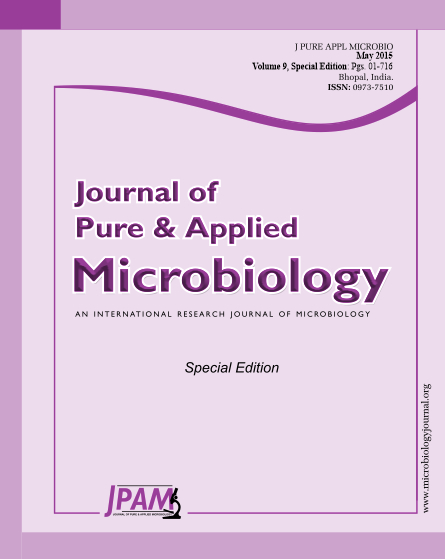A vast number of H5N1 avian influenza outbreaks in poultry have occurred in numerous countries throughout the world, however, so few cases of human infection have been reported, especially in China, suggesting humans may acquire resistance to the H5N1 avian influenza virus. A seroprevalence survey was conducted among humans on high pathogenicity avian influenza (HPAI) virus subtype H5N1. Human serum samples from 915 healthy blood donors, 1,223 pig sera from three pig slaughterhouses and 2,120 chicken eggs from a number of supermarkets in Zhengzhou were collected to test for H5N1 antibodies by Haemagglutination inhibition. Among the human blood donors tested 89% were positive for antibodies against HPAI virus subtype H5N1, with an average titer of 25.8; the positive rate of 2120 chicken egg samples was 100%; whereas all 1223 porcine serum samples were negative. The results indicate that an outbreak of HPAI in humans is unlikely.
High pathogenicity avian influenza virus, H5N1 subtype, Serum antibodies, Haemagglutination inhibition
© The Author(s) 2015. Open Access. This article is distributed under the terms of the Creative Commons Attribution 4.0 International License which permits unrestricted use, sharing, distribution, and reproduction in any medium, provided you give appropriate credit to the original author(s) and the source, provide a link to the Creative Commons license, and indicate if changes were made.


